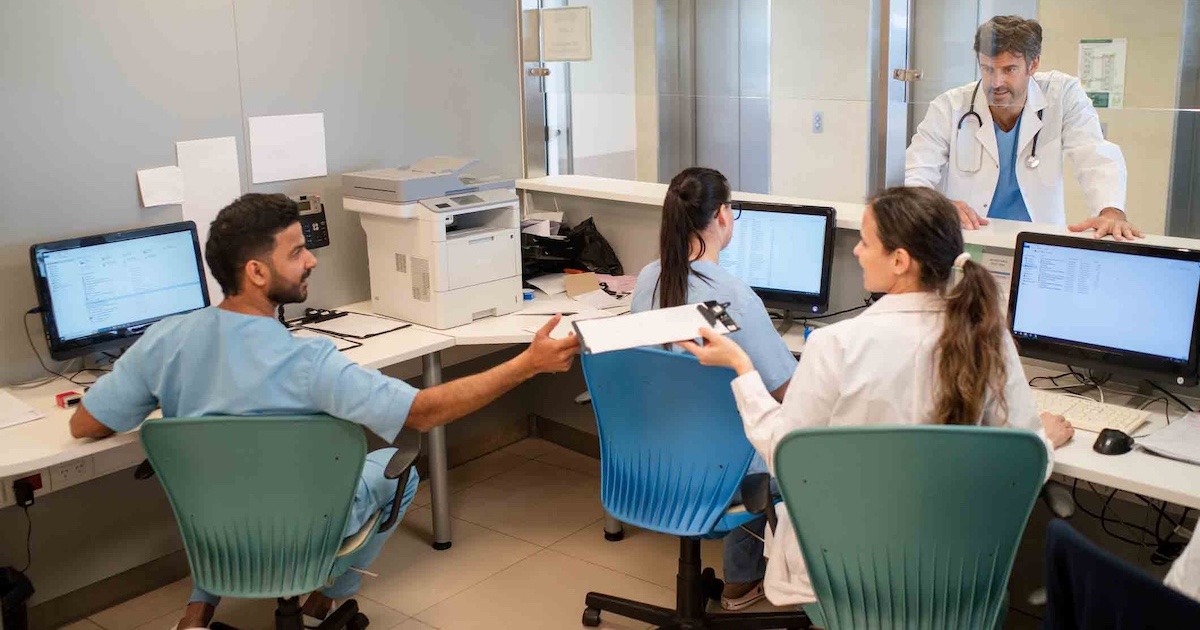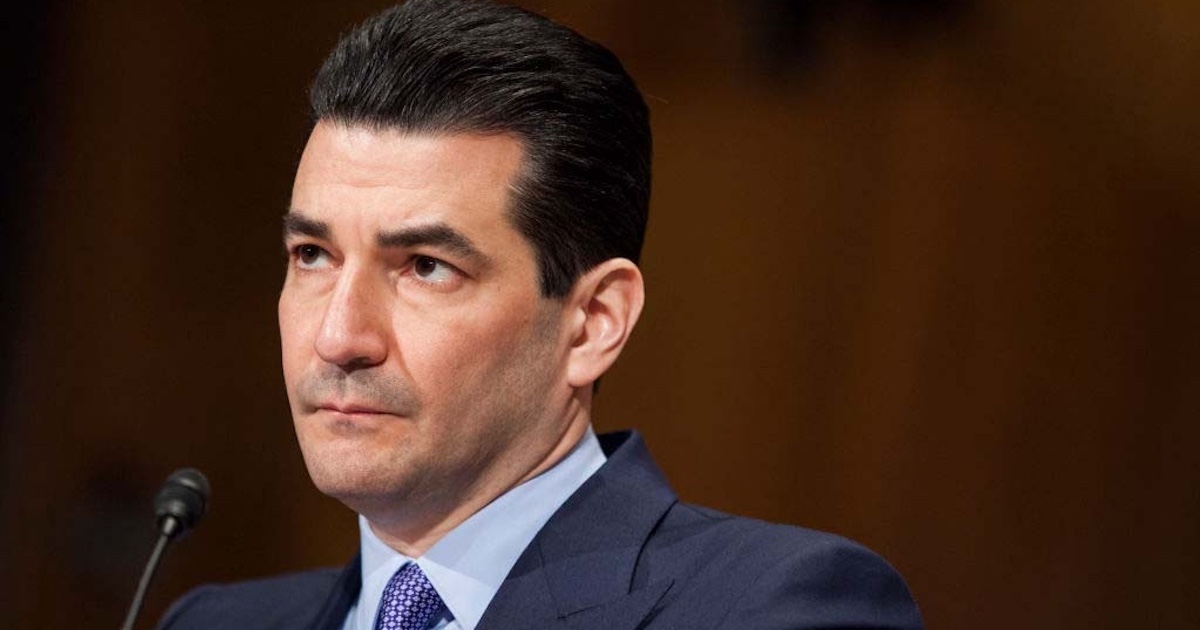A pair of partnerships announced this week at the American Telemedicine Association's 2014 conference and exhibition are showcasing the potential of kiosks in the provider space.
HealthSpot's projects with the Cleveland Clinic and Kaiser Permanente give the Dublin, Ohio-based telehealth company a significant foothold in the push to connect providers with patients outside the office – in what are called "non-traditional healthcare settings." The 8-by-5-foot kiosks are designed to give consumers a private videoconference-based interaction with a doctor, complete with access to diagnostic tools and electronic medical records, and are being positioned everywhere from large businesses and retail locations to community centers, universities, clinics and even some hospital emergency departments.
The key, says Lisa Maughan, HealthSpot's vice president of marketing, is not only to give consumers easy access to healthcare services, but to also offer providers an opportunity to connect with patients – both their own and potential new ones – when and where they need healthcare. These visits also pull people out of waiting rooms, enable quicker care for conditions that don't require a face-to-face visit and free up doctors' time to focus on the more acute cases.
[See also: ATA conference shines spotlight on care delivery.]
HealthSpot and the Cleveland Clinic have announced plans to form a joint venture that would see HealthSpot kiosks deployed in a number of locations. The two organizations launched a pilot last May in which kiosks were placed in three local family centers. Company officials say the kiosks received an overall 93 percent satisfaction score from patients.
During a tour of the technology at the ATA conference, Maughan explained that consumers could access their own doctor or pick from a list of local physicians for either a real-time consult a scheduled appointment. In Cleveland, for example, the kiosks would provide access to Cleveland Clinic physicians and integrate with the health system's medical record.
“Healthcare innovation is essential to make care more accessible to patients. This relationship allows patients to (use) the latest technology to connect to Cleveland Clinic experts in a more convenient way,” said Toby Cosgrove, MD, the Cleveland Clinic's CEO, in a press release.
The kiosks also connect with rewards and loyalty programs (such as in retail pharmacies) and integrate with the consumer's health plan, so that the visit is recorded and payment is made to the appropriate provider.
In San Diego, an ongoing pilot has seen employees of a business under the Kaiser Permanente umbrella use the HealthSpot kiosk for a variety of healthcare needs that otherwise would have had them going to the doctor's office or hospital – a more expensive and time-consuming ordeal that would have also cost the employer in lost worker productivity and health plan expenses.
"We have created a system that leverages the expertise of Kaiser Permanente's providers to give care that is integrated at the local level," said HealthSpot founder and CEO Steve Cashman in a prepared statement, adding that thus far the partners have seen positive results.
"Today's healthcare environment has pushed health systems and hospitals across the country to find innovative ways to increase access to care," added Paul Bernstein, MD, medical director for Kaiser Permanente San Diego, in the release. "Primary care is our biggest opportunity to lower costs while continuously improving their quality of care – and technology happens to be a vital tool in this mission."
Related articles:
3 takeaways from the FDASIA workgroup


